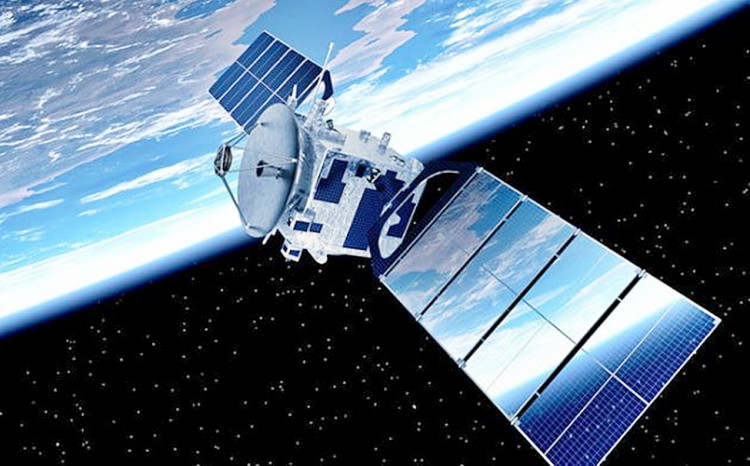SpaceX in May will orbit the first operational Starlink internet satellites, the spearhead of a super constellation that will number close to 12,000 satellites when fully deployed.
These first low-cost, first generation "birds" will be lofted into low Earth orbit (LEO) by SpaceX Falcon 9 reusable rockets. They will be part of phase one in a three-phase production and launch program that will see the orbiting of more than 2,200 satellites over the next five years.
SpaceX hasn't revealed how many satellites it plans to launch next month.
This unprecedented effort will mean the production and launch of 44 high-performance spacecraft every month for the next 60 months.
The first group of operational satellites numbering anywhere from 75 to more than 1000 will rely on just one band ("Ku") for communications instead of the nominal two ("Ku" and "Ka"), said SpaceX in its filing with the U.S. Federal Communications Commission (FCC).
SpaceX says these relatively unsophisticated satellites will significantly simplify production of the first spacecraft. SpaceX believes simplification will hasten Starlink's initial deployment without sacrificing a great deal of performance.
SpaceX will then improve each subsequent generation of Starlink satellites until they reach the nominal performance characteristics outlined in the company's original constellation application with the FCC.
Upgrades will continue for as long as lessons continued to be learned from operating thousands of in-orbit spacecraft.
The first 75 Starlink satellites will feature a less-optimized reentry design, meaning some components aboard these birds won't entirely burn up during reentry. These first 75 spacecraft will be followed by upgraded satellites that will reduce the number of surviving reentry debris to zero.
Manufacturing these 12,000 satellites will be a herculean undertaking.
Starlink's production facilities are currently housed in three nearby buildings located in Redmond, Washington. Sources said the facilities comprise 150,000 square feet (14,000 m2) and include a mix of office, development, and production spaces.
To meet its obligations to the FCC, SpaceX needs to launch some 2,200 Starlink satellites between now and April 2024. To complete the first phase, the final number of satellites rises to 4,400.
The Starlink project aims to develop a low-cost, high-performance satellite bus and requisite customer ground transceivers to implement a new space-based internet communication system.
The Starlink internet communication satellites consist of cross-linked "small satellites" (or smallsats) with a mass ranging from 100 to 500 kg. The Starlink constellation will operate in the high-frequency bands above 24 GHz.
This frequency will allow steerable earth station to transmit antennas to have "a wider geographic impact and significantly lower satellite altitudes magnify the impact of aggregate interference from terrestrial transmissions."






